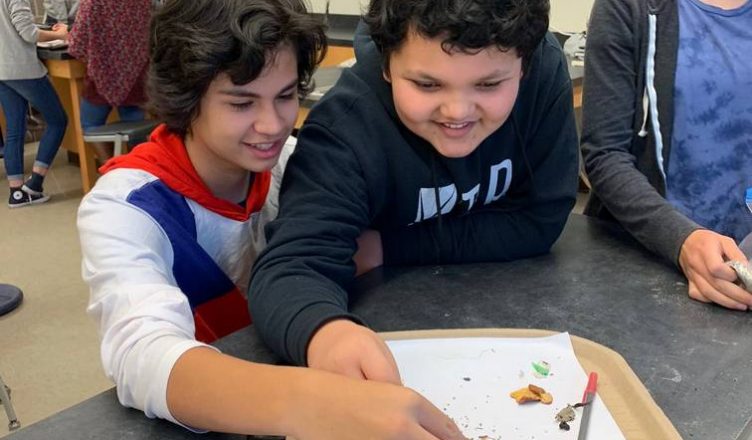We had an exciting opportunity to construct and pilot a microplastics sampling demonstration with the 8th grade science classes of Portsmouth Middle School on November 1st, 2018! With the goal of helping students experience and participate in the research we conduct with microplastics (in partnership with New Hampshire Sea Grant), we created sampling kits that brought many of the outdoor research aspects into the classroom.
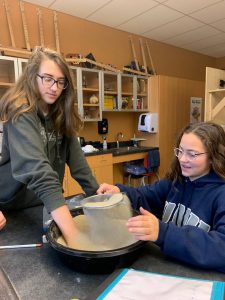
Each sampling kit contained a gallon-size bag of sand, microplastics, other debris, and organic material like dried seaweed to simulate the samples we collect on the beach before they are sifted. Kits also contained mesh strainers to use as sieves, a large bucket to catch sand falling through the sieves, a tray to sort microplastics from other debris, a magnifying glass, tweezers, and a microscope. Using these materials, students chose roles amongst themselves, assigning two people to act as sand sifters and two to act as debris sorters. Students sifted the sand samples through the sieves and then sorted through anything caught in the sieve on their trays. Halfway through our activity, students switched roles and were able to try out all components of the process.
While sorting through the debris that was caught in the sieve, students recorded every piece they found on a data sheet, using their own judgement to categorize the debris based on an ID card provided. Using their tweezers, they plucked the microplastics and other debris out of the gravel and seaweed that was also caught in the sieve. Groups were also encouraged to take a closer look at samples under their compound microscope, and in doing so, they found tiny mussel and crab shells, small insects, and microscopic plastic mixed into the sand.
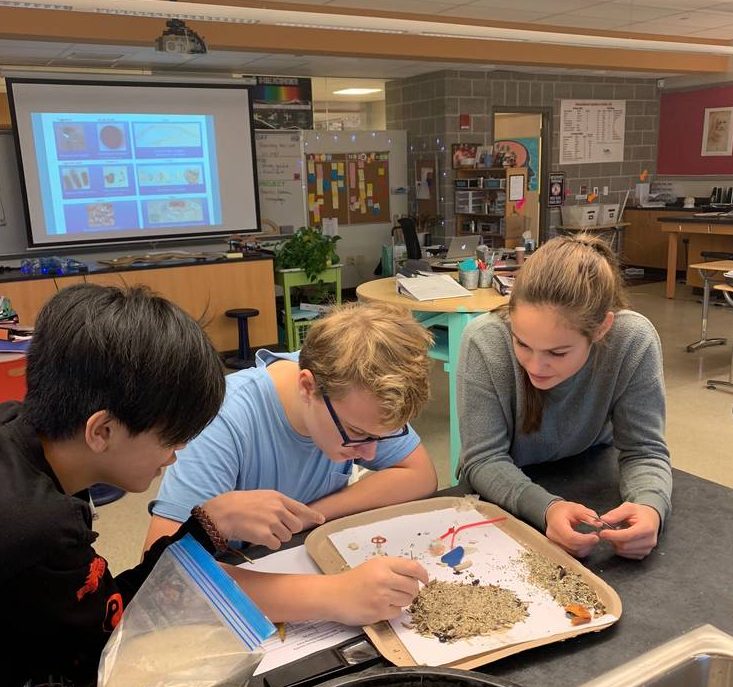
As we wrapped up our activity, students shared what type of microplastic they recorded the most in their samples, and the results were the same across the board: Styrofoam (polystyrene). Students found Styrofoam in clumps and broken down into individual spheres in numbers of 50-200 pieces per sample, and were surprised by how difficult it was to separate from the sand, even in the controlled environment of the classroom. Some other items that the students found interesting were chunks of foam buoys, glitter particles, a small sticker, and orange peels that dried rather than biodegrading. Students also shared that they had underestimated the number of microplastics in their samples during their pre-activity predictions.
We recently wrapped up our 2018 microplastics sampling season, in which we collected and sifted samples on beaches in New Hampshire once a month from April through October. We will then sort and record the microplastics in our offices, using the same methods the students used in our activity.
If you are interested in inviting us to facilitate this activity in your classroom, please send an email to programs@blueoceansociety.org or fill out our program inquiry form. Thanks to Portsmouth Middle School teachers Kristen Sweeney and Chris Rose for including us in their activities this year!
Learn More:
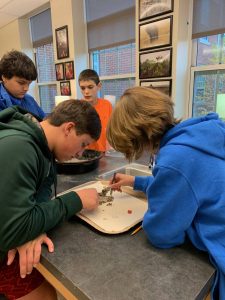 |
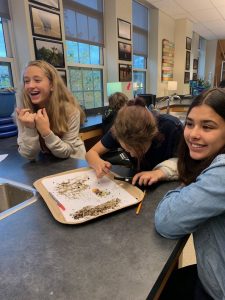 |
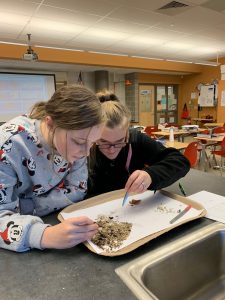 |
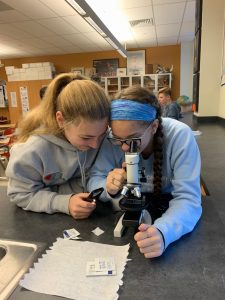 |

